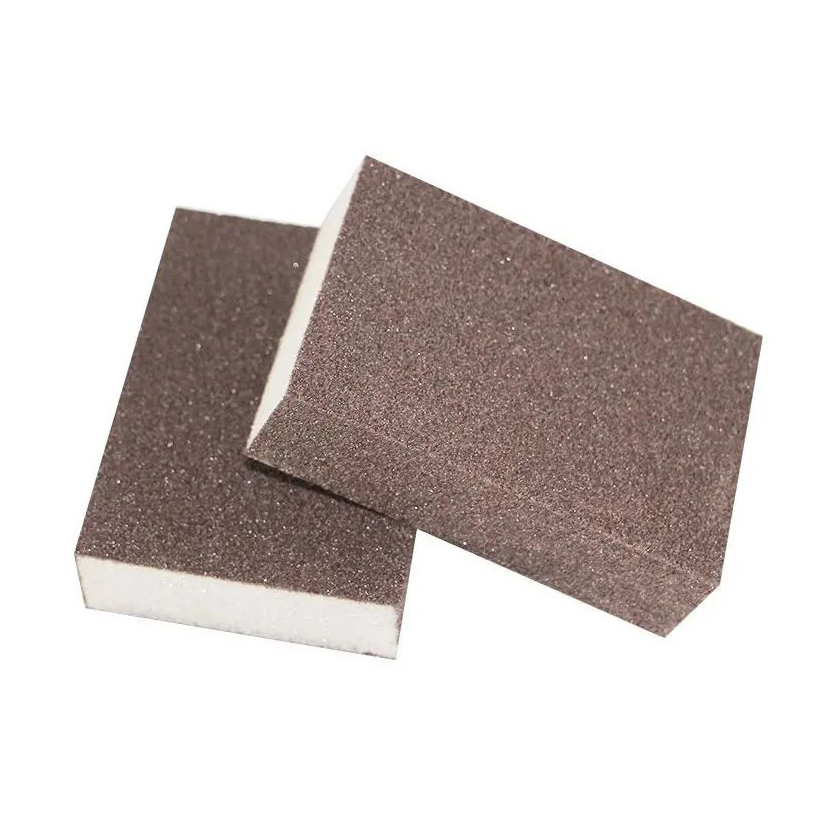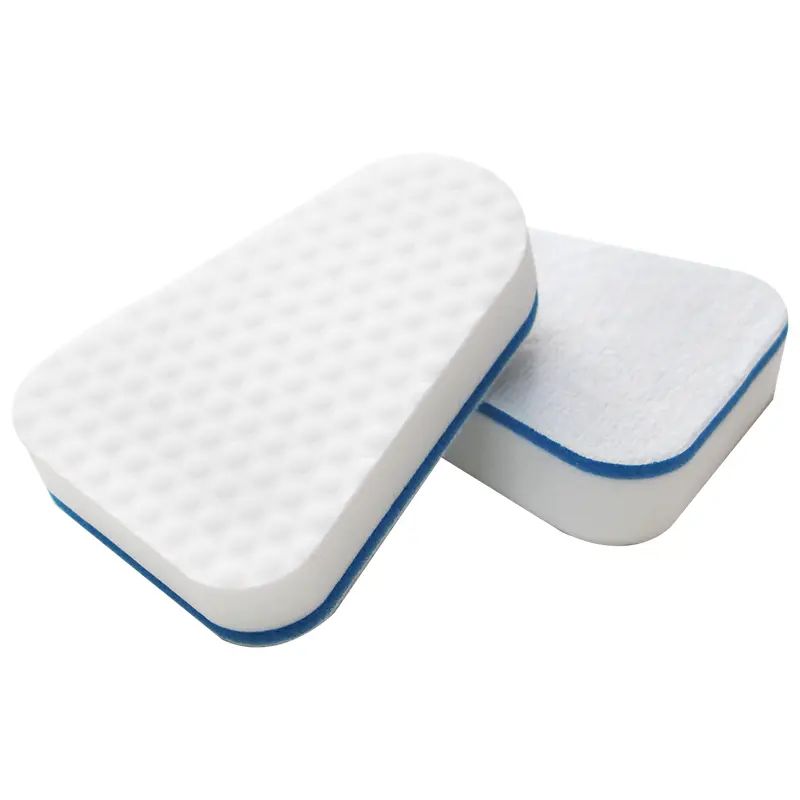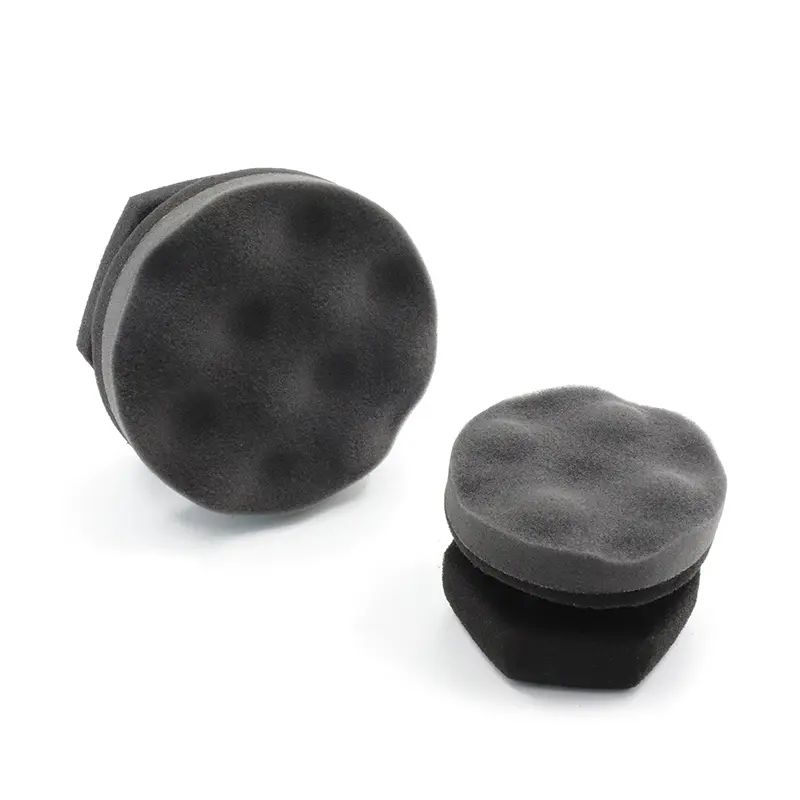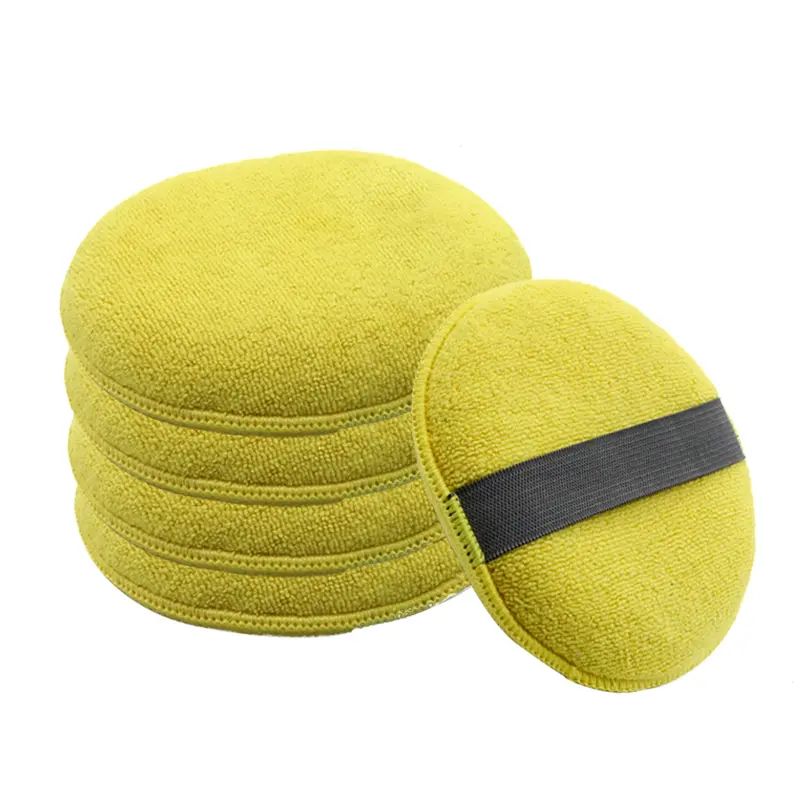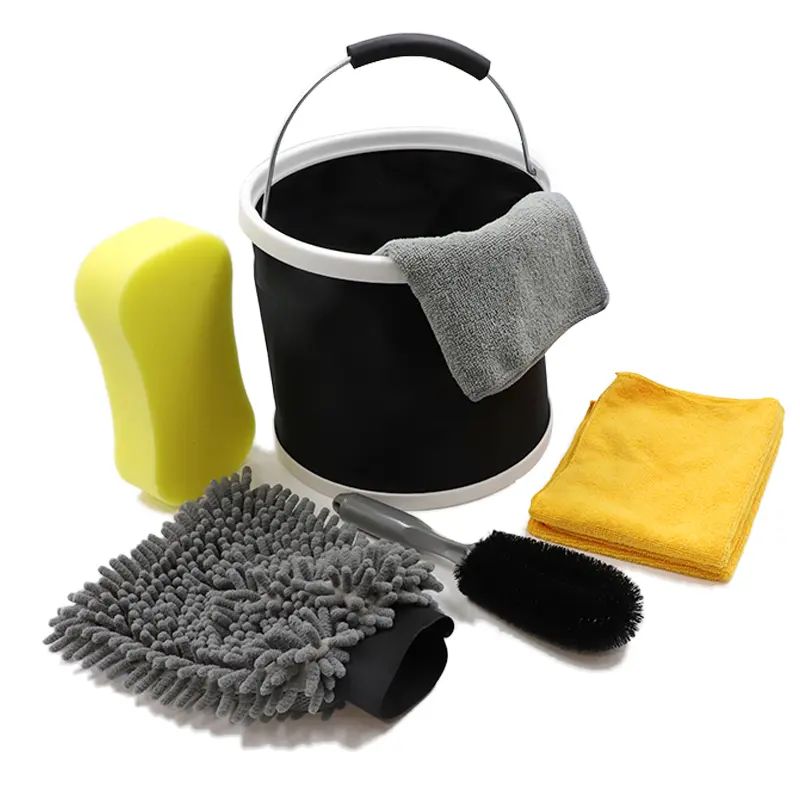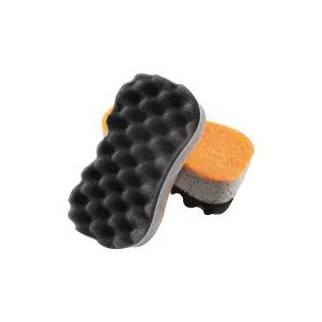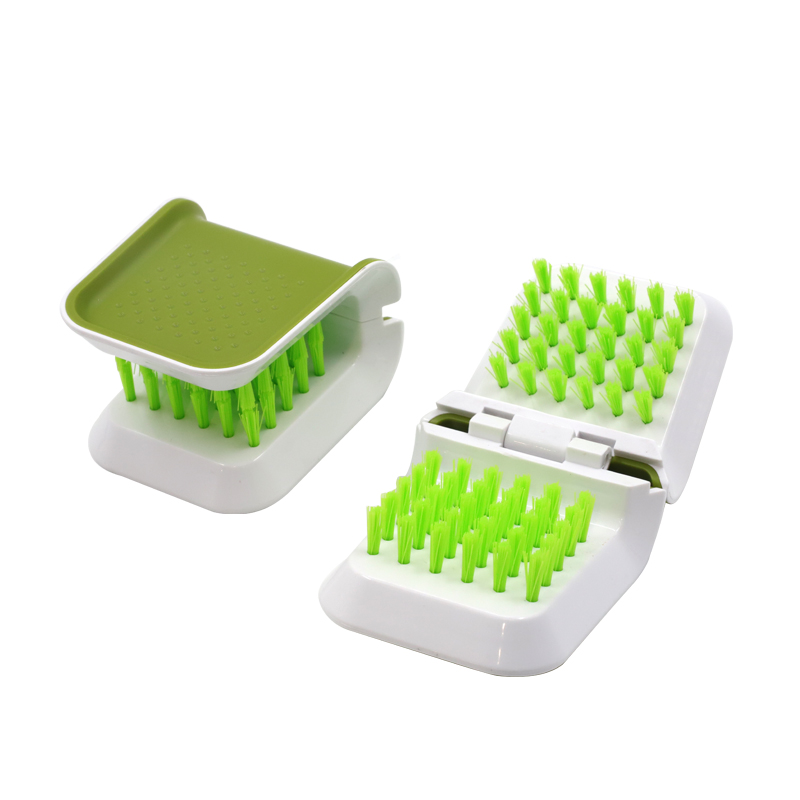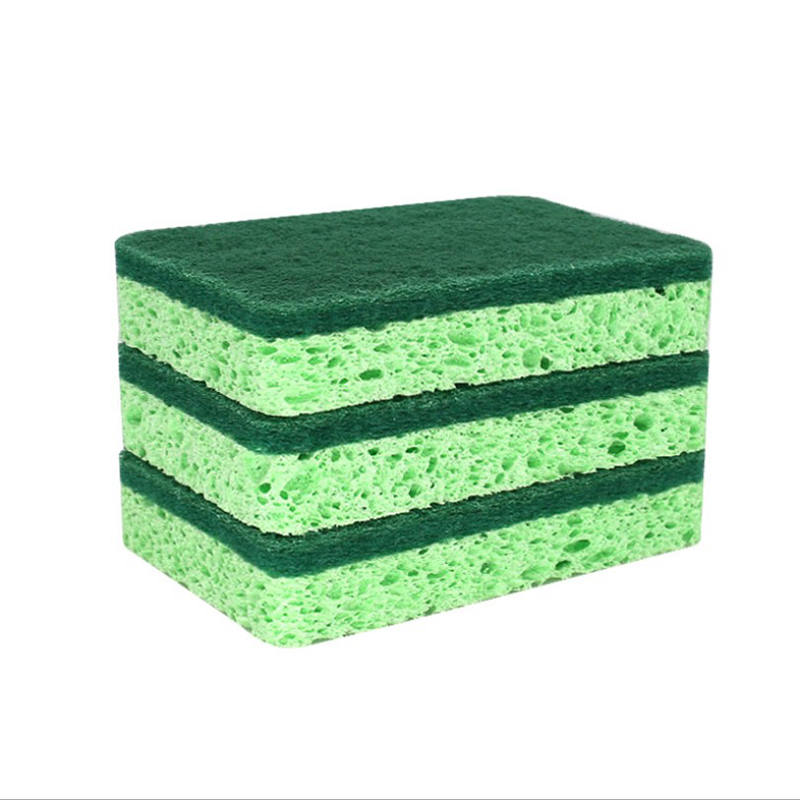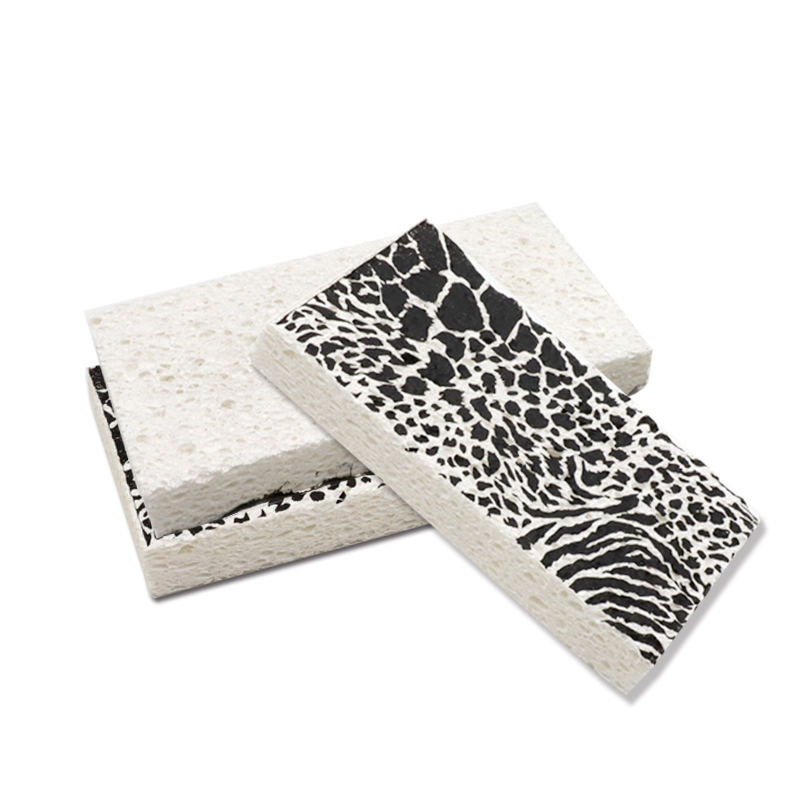How Nano Sponges Are Changing the Face of Air Pollution Control
1. Understanding Nano Sponges: A Quick Overview
Nano sponges are materials characterized by their highly porous structure at the nanoscale. They have large surface areas with millions of tiny cavities or pores that can absorb and trap various pollutants, including gases, particles, and harmful chemicals. These nanomaterials are made from organic or inorganic compounds and are designed to mimic the natural sponge's ability to absorb substances, but on a much more efficient, microscopic scale.
2. High Surface Area for Maximum Absorption
The most remarkable feature of nano sponges is their extremely high surface area. A small amount of nano sponge material can cover a large area, providing many sites for pollutants to be adsorbed or absorbed. This vast surface area significantly increases the material's efficiency in capturing air pollutants, making it an ideal solution for air purification systems. Traditional air filters cannot compete with this high capacity for adsorption, especially for pollutants present in very low concentrations.
3. Efficient Removal of Harmful Gases
Nano sponges have proven to be highly effective at removing harmful gases such as carbon dioxide (CO₂), nitrogen oxides (NOx), and volatile organic compounds (VOCs). In industrial and urban environments, these gases are a major contributor to air pollution and have serious health implications.
CO₂ Capture: Certain types of nano sponges have been designed to capture CO₂ from the air, a crucial step in combating climate change. These nano sponges are engineered to interact specifically with CO₂ molecules, trapping them and preventing their release into the atmosphere.
NOx Removal: Nano sponges are also being developed to absorb and neutralize nitrogen oxides, which are a significant component of smog and acid rain.
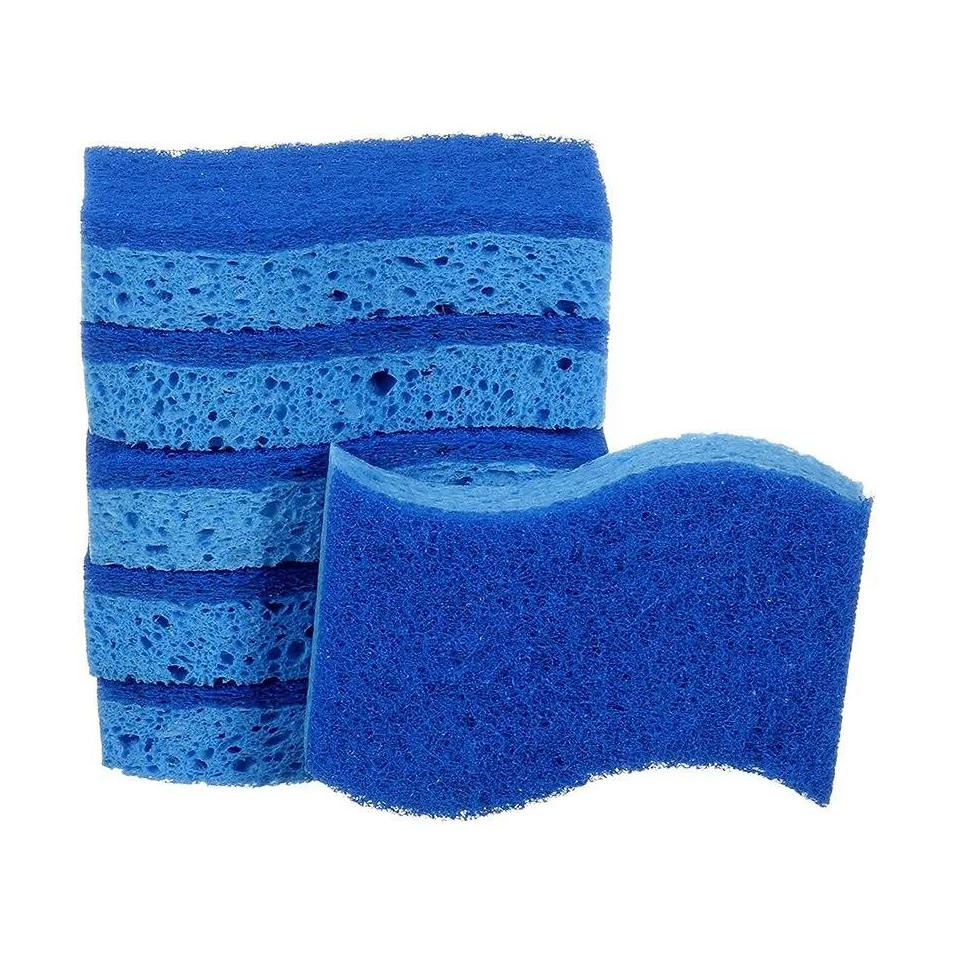
4. Removal of Particulate Matter
Airborne particulate matter, especially PM2.5 (fine particles less than 2.5 microns in diameter), is one of the most dangerous forms of air pollution, linked to a variety of respiratory and cardiovascular diseases. Nano sponges can trap particulate matter at a microscopic level, even at concentrations so low that conventional filters or scrubbers would fail. These sponges can be used in advanced air filtration systems to effectively trap and eliminate dust, soot, smoke, and other particulate pollutants.
5. Targeted Chemical Capture for Specific Pollutants
Unlike conventional air purification methods that use a one-size-fits-all approach, nano sponges can be specifically engineered to capture certain pollutants. Through functionalization, the surface of nano sponges can be modified to selectively interact with particular molecules. For example, nano sponges can be tailored to specifically target harmful chemicals such as benzene, formaldehyde, and ammonia, which are commonly found in industrial emissions or indoor environments. This customization improves the efficiency and precision of air pollution control systems.
6. Lightweight, Flexible, and Scalable Design
Nano sponges are not only effective but also lightweight and easy to integrate into a variety of air pollution control devices. Their flexibility allows them to be used in a wide range of settings—from large industrial smokestacks to personal air purifiers in homes and offices. Unlike bulky filtration systems, nano sponges can be applied in more compact and cost-effective ways, making them ideal for both large-scale industrial applications and localized environmental control.
7. Sustainability and Reusability
One of the key advantages of nano sponges is their sustainability. Many types of nano sponges can be regenerated or reused multiple times without a significant loss in efficiency. After they have absorbed pollutants, they can be "cleaned" and returned to their original form, allowing for a reduction in waste and making the technology more sustainable in the long run. This is particularly beneficial in urban air purification systems where continuous operation is needed.
8. Integration with Smart Technologies
Nano sponge technology is also being integrated with smart air monitoring systems. Sensors can detect pollution levels, and nano sponges can be automatically activated to absorb specific pollutants when concentrations reach dangerous thresholds. This kind of dynamic, real-time pollution control could significantly improve the effectiveness of air quality management, especially in highly polluted urban environments.
9. Potential in Indoor Air Quality
Nano sponges are not only useful for outdoor air pollution control but also for improving indoor air quality. In enclosed spaces such as homes, offices, hospitals, and factories, air quality can often be even worse than outdoors due to the accumulation of VOCs, mold, smoke, and other pollutants. Nano sponges can be incorporated into air filtration systems to trap these pollutants, ensuring healthier indoor environments. Their small size allows them to be used in air purifiers and HVAC systems without adding bulk or significantly increasing energy consumption.
News Category
- Company News(31)
- Industry News(117)

 简体中文
简体中文 English
English 日本語
日本語 русский
русский Español
Español عربى
عربى